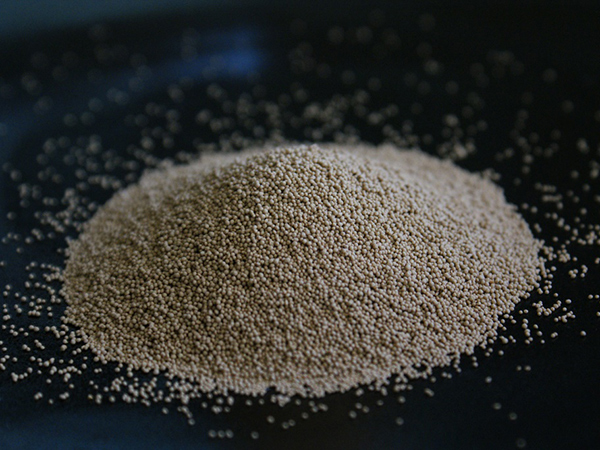Understanding the Parts of Sand Casting A Comprehensive Overview
Sand casting, also known as sand mold casting, is one of the most widely used manufacturing processes in the foundry industry. This method is favored for its versatility, cost-effectiveness, and the ability to produce complex shapes and designs. To fully appreciate this process, it is essential to understand its various components and the roles they play in the casting operation.
At the heart of sand casting is the sand mold. This mold is created by mixing sand, a bonding agent (usually clay), and water. The sand’s natural properties allow it to hold shape when compacted, making it suitable for creating intricate mold cavities. The type of sand commonly used is silica sand, due to its high melting point and thermal stability.
Understanding the Parts of Sand Casting A Comprehensive Overview
Once the pattern is prepared, the next step is molding. This involves packing sand around the pattern to create a mold cavity. Molders use a process called ramming to compact the sand firmly around the pattern. After the sand is suitably packed, the pattern is removed, leaving a hollow void that will define the shape of the final casting.
parts of sand casting

An important feature of sand casting molds is their core. Cores are used to create internal cavities and hollow sections in the cast piece. They are made from a mixture of sand and a binding agent and are placed in the mold before pouring the molten metal. Cores enhance the complexity of the casting, allowing for intricate designs that would otherwise be impossible to achieve.
With the mold and cores prepared, it’s time for the pouring process. Molten metal is carefully poured into the mold cavity through a pouring basin and down the sprue—a channel that guides the metal into the mold. It is crucial to control the temperature and viscosity of the molten metal to avoid defects and ensure a smooth filling of the mold.
After the metal has cooled and solidified, the final step is casting removal. The sand mold is broken apart to reveal the cast item. This process might involve using vibration or mechanical methods to separate the mold from the casting. Finally, the cast piece often undergoes finishing processes such as grinding, sanding, or machining to achieve the desired surface texture and dimensions.
In conclusion, sand casting is a fundamental and widely used manufacturing process characterized by its key components the sand mold, patterns, cores, and the pouring process. Each of these parts plays a vital role in producing high-quality castings that can meet a diverse range of industrial needs. Whether creating small components or large-scale parts, the principles of sand casting remain a critical part of modern manufacturing.
Post time:Σεπ . 22, 2024 08:04
Next:foundry sand in concrete
